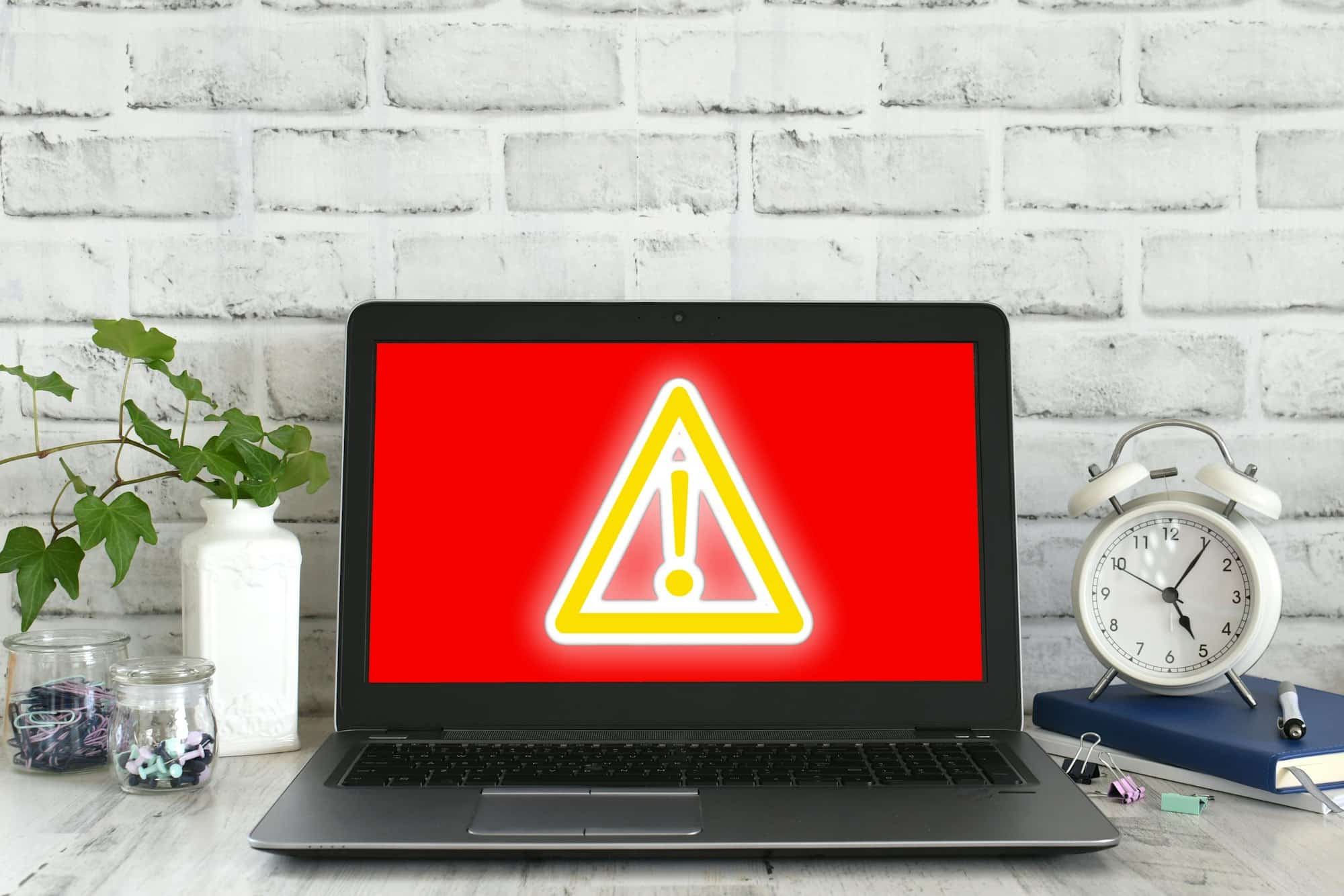Building a campfire in UK forests can enhance your outdoor experience. However, safety must come first to protect natural habitats and ensure everyone's well-being. To enjoy a warm evening under the stars, it's essential to understand fire regulations, choose the right location, and gather safe materials. This guide offers key tips to help you build a campfire that respects the environment while providing warmth and comfort.
Understanding Campfire Regulations in the UK
Navigating UK campfire regulations is essential for anyone planning to enjoy a campfire in the country’s scenic forests. These regulations are primarily designed to prevent forest fires and protect natural habitats. Local laws vary, so it's crucial to understand the specific rules for the area you intend to visit. Generally, campfires are only permitted in designated areas, and it’s illegal to start a fire in a forest without proper authorization.
Additional reading : How can you safely store perishable food while camping in the UK?
Obtaining the necessary permits is a critical step in ensuring your campfire is legal and safe. Permits often outline specific conditions, such as the size of the fire and the materials that can be used. Ignoring these requirements can lead to severe consequences, including fines and legal action.
Forest fire laws in the UK are stringent, reflecting the serious nature of potential fire hazards. Violating campfire regulations not only risks the safety of the environment but can also result in significant penalties. Being informed and compliant with these laws is not just a legal obligation but a responsibility to preserve the beauty and safety of the UK’s natural landscapes.
Also read : How can you find campsites in the UK that accommodate large groups for social gatherings?
Understanding and adhering to these guidelines ensures a safe and enjoyable experience for everyone involved.
Choosing the Right Location for Your Campfire
Selecting an appropriate campfire site is crucial to ensuring safety and minimizing environmental impact. When considering a location, prioritize areas designated for campfires. These sites are typically chosen for their distance from flammable materials, such as dry vegetation or overhanging branches. Maintaining a safe distance from these hazards is vital to prevent unintended forest fires.
Environmental considerations play a significant role in campfire site selection. It's essential to respect the local wildlife and their habitats. Avoid areas that are home to sensitive species or are part of critical ecosystems. Disturbing these areas can have long-lasting negative effects on the environment.
When choosing your campfire site, keep the following in mind:
- Ensure the location is not too close to trees, bushes, or dry grass.
- Check for any local regulations or restrictions regarding campfire placement.
- Be mindful of the wind direction and strength, as these can influence the spread of fire.
By adhering to these guidelines, you contribute to the preservation of natural landscapes and ensure a safe and enjoyable experience for yourself and others. Always remember that responsible campfire site selection is a shared responsibility among all nature enthusiasts.
Essential Equipment for Building a Campfire
When preparing to enjoy a campfire, having the right campfire equipment is vital for both safety and efficiency. Here’s a breakdown of essential fire-building tools and camping gear that will help you create a successful campfire experience.
To start, gather the necessary tools and materials. A fire starter is indispensable, with options like waterproof matches, lighters, or magnesium fire starters. Choose based on convenience and weather conditions. For kindling, dry twigs, small branches, or commercial fire-starting sticks work well. These ignite easily and help sustain the initial flames.
In addition to ignition tools, having a sturdy campfire ring or fire pit ensures the fire remains contained. This equipment is crucial in preventing the spread of flames and protecting the surrounding environment.
Safety gear is equally important. Always have a fire extinguisher or a bucket of water nearby to quickly douse unexpected flames. Heavy-duty gloves protect your hands when handling hot materials, and a shovel can be used to manage the fire or cover it with dirt when extinguishing.
By equipping yourself with these tools and gear, you ensure a safe and enjoyable campfire experience, minimizing risks to yourself and the environment.
Step-by-Step Guide to Building a Campfire
Creating a campfire involves understanding various campfire building steps and selecting the right type of fire for your needs. The teepee and log cabin structures are popular choices, each serving different purposes.
To construct a teepee campfire, start by forming a small pile of tinder in the center of your fire pit. Surround the tinder with kindling, standing the sticks upright to form a cone shape. This design allows air to flow, feeding the flames efficiently. Light the tinder, and as it catches, the kindling will ignite, creating a strong, upward-burning fire. Teepees are ideal for quick cooking or warmth.
For a log cabin campfire, lay two large logs parallel to each other with some space between them. Stack smaller logs perpendicular on top, creating a square structure. Fill the center with tinder and kindling. This setup provides a longer-lasting fire, perfect for extended cooking sessions or social gatherings.
Safe fire practices are crucial throughout the process. Always monitor the fire closely, and keep a water source or fire extinguisher nearby. Avoid overloading the fire with wood, as this can lead to uncontrolled flames. By following these steps, you ensure a safe and enjoyable campfire experience.
Fire Safety Tips while Camping
When enjoying the outdoors, campfire safety tips are essential to ensure a safe and pleasant experience. Proper fire management begins with constant supervision. Never leave a campfire unattended, as conditions can change rapidly, leading to potential hazards.
Recognizing fire hazards in the forest is crucial. Be aware of dry leaves, overhanging branches, and flammable materials that can easily catch fire. Keeping the area around your campfire clear of such materials minimizes risks.
To extinguish a campfire properly, follow these steps:
- Allow the fire to burn down completely, leaving only ashes.
- Pour water over the ashes, stirring with a stick to ensure all embers are soaked.
- Feel the area with the back of your hand to ensure it is cool to the touch.
These practices prevent embers from reigniting and spreading. Additionally, always have a fire extinguisher or a bucket of water nearby as part of your outdoor safety equipment.
By adhering to these campfire safety tips, you play a vital role in protecting the environment and ensuring the safety of all campers. Remember, responsible fire management is a shared duty among nature enthusiasts.
Environmental Impact of Campfires
Understanding the campfire environmental impact is crucial for promoting sustainability and forest conservation. Campfires, while enjoyable, can lead to significant ecological consequences if not managed responsibly. The smoke emitted contributes to air pollution, affecting both local wildlife and plant life. Additionally, the heat from campfires can alter soil composition, disrupting the habitat of microorganisms essential for a healthy ecosystem.
To minimize environmental damage, campers should adhere to a few key practices. First, always use designated fire pits, as these areas are specifically designed to minimize impact. If a fire pit is unavailable, opt for a Leave No Trace approach. This involves constructing a temporary fire mound using mineral soil, which can be dispersed after use without leaving a trace.
Furthermore, the choice of firewood is vital. Use only dead and fallen wood rather than cutting live trees, which are crucial for forest health. Collect wood that is small enough to be broken by hand, reducing the need for tools that can damage the environment.
By following these practices, campers can enjoy their fires while supporting the sustainability and conservation of our natural landscapes. Embracing these habits ensures that future generations can also enjoy the beauty of the outdoors.
Campfire Checklist for a Safe Experience
Preparing a comprehensive campfire checklist is essential for a successful and safe outdoor adventure. Ensuring you have all necessary camping essentials is the first step in effective safety planning.
Before heading out, verify your list includes a reliable fire starter like waterproof matches or a lighter. These are crucial in all weather conditions. Next, gather appropriate kindling and firewood. Opt for dry twigs and branches, which ignite easily and burn efficiently. Carry a campfire ring or portable fire pit to contain the fire and protect the environment.
Safety gear is indispensable. A fire extinguisher or bucket of water should be within reach to quickly manage unexpected flames. Heavy-duty gloves are useful for handling hot materials, while a shovel aids in managing the fire and extinguishing it with dirt.
Final reminders for responsible campfire practices include keeping the fire manageable—never overload it with wood. Always monitor the fire, and ensure it is completely extinguished before leaving the site. Pour water over the ashes and stir until cool to the touch.
By adhering to this campfire checklist, you ensure a safe and enjoyable experience, protecting both yourself and the surrounding environment.











